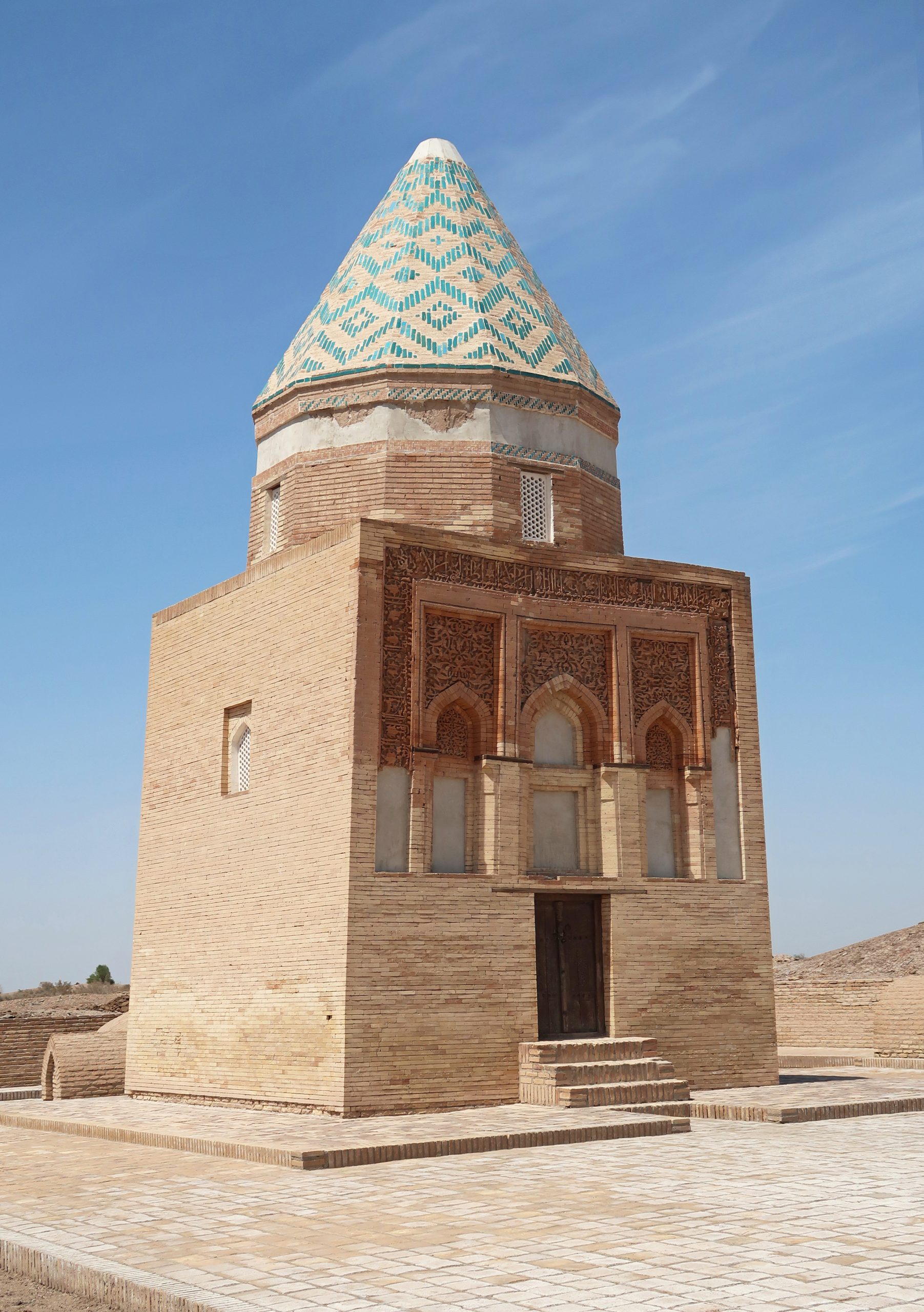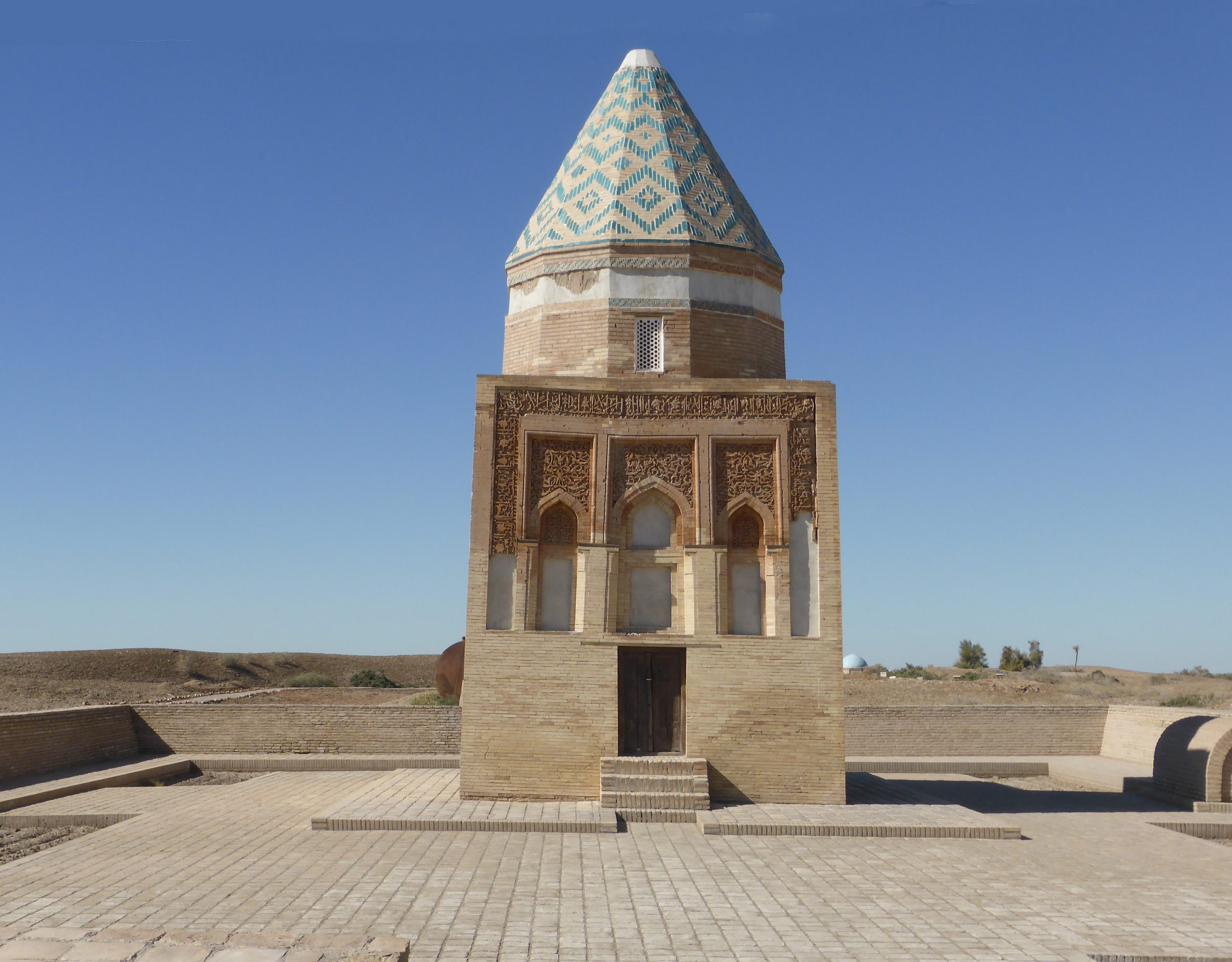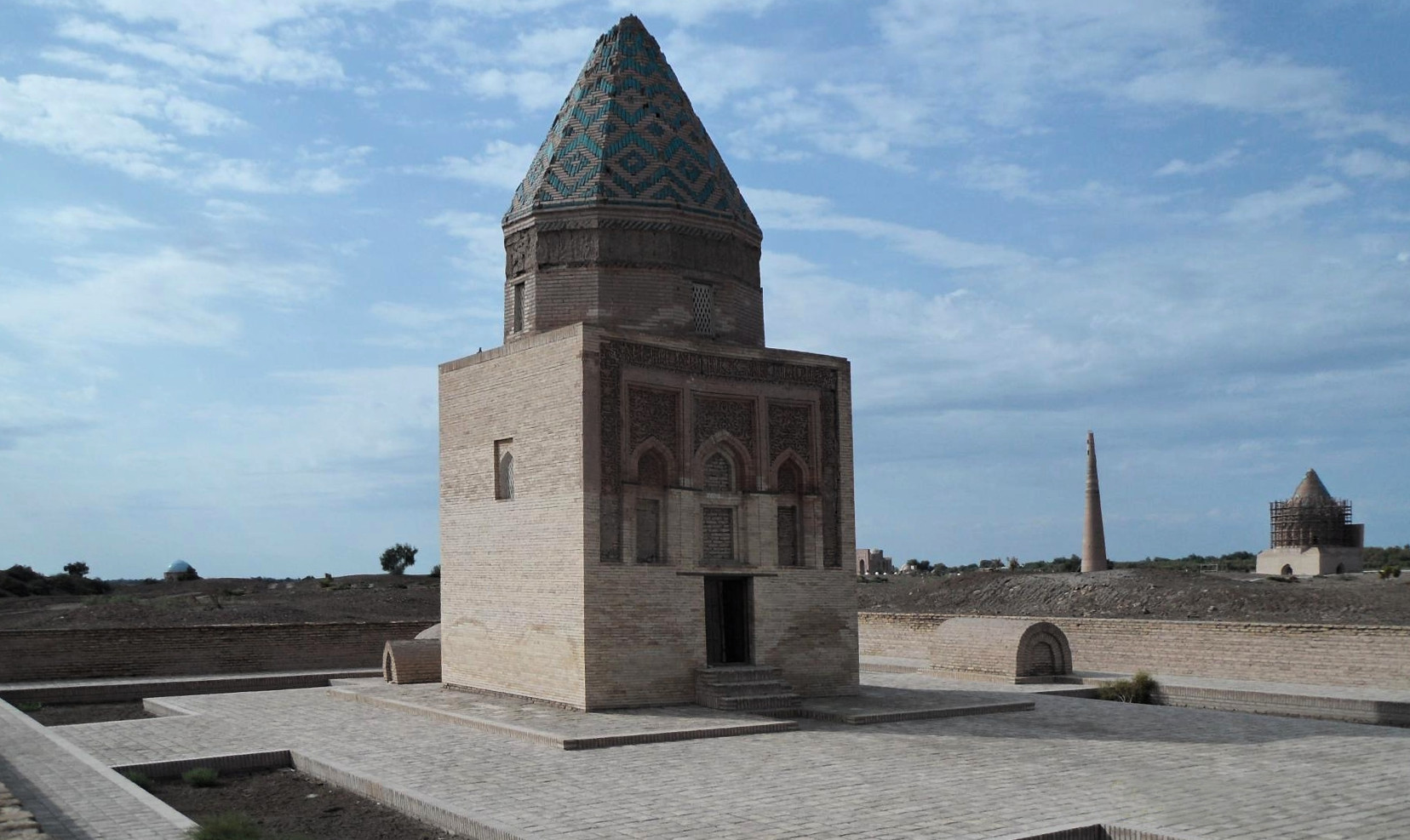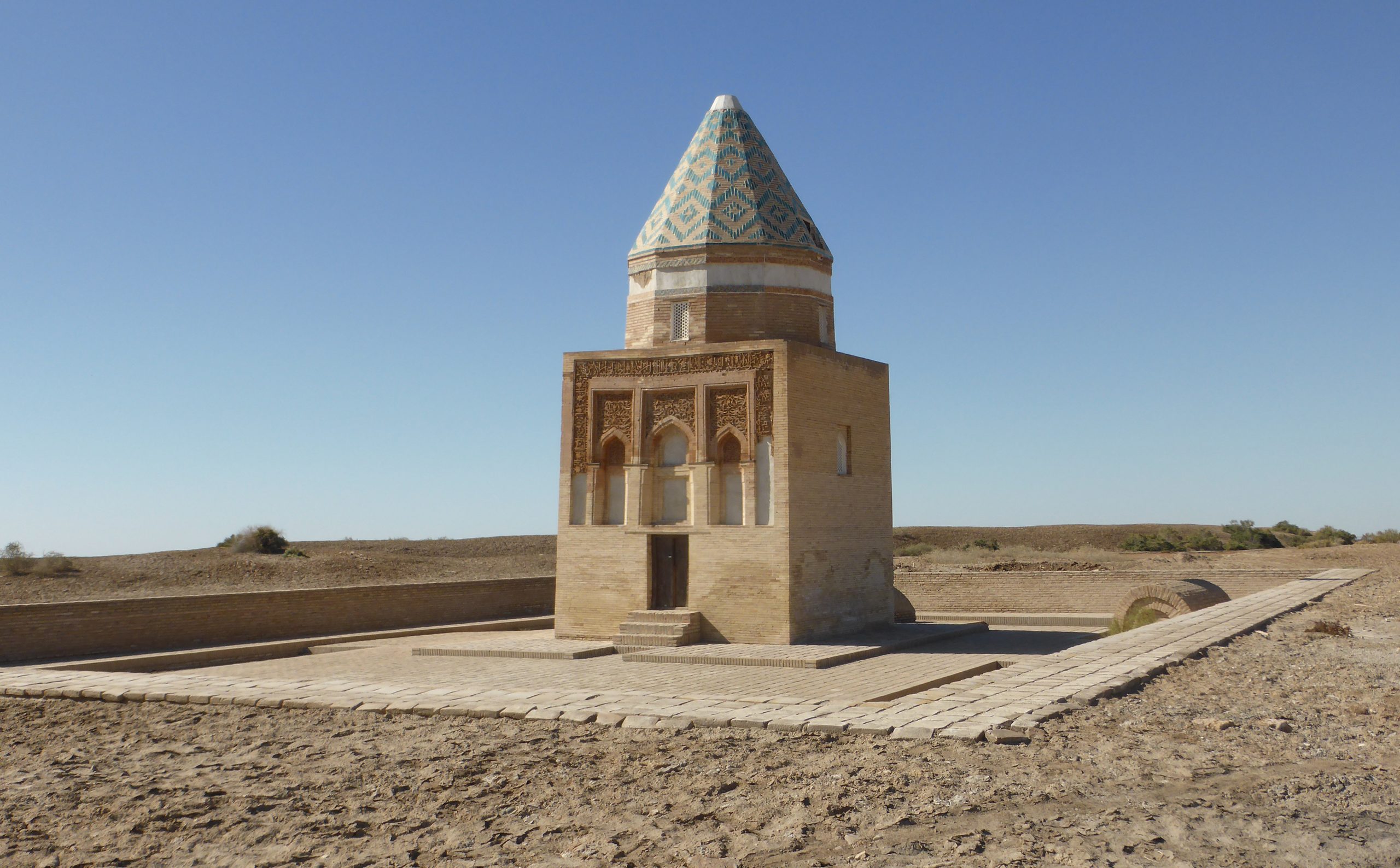The Il Arslan Mausoleum stands as a testament to the architectural ingenuity and historical significance of the Seljuk era. Located in the ancient city of Merv in modern-day Turkmenistan, this mausoleum is the final resting place of Il-Arslan, who was the Seljuk ruler from 1156 to 1172. The structure is renowned for its intricate brickwork and dome, showcasing the artistic and cultural achievements of the time. As a key historical site, it offers valuable insights into the Seljuk period and Islamic architecture.
Get your dose of History via Email
Historical Background of Il Arslan Mausoleum
The Il Arslan Mausoleum was discovered in the ancient city of Merv, which has been a UNESCO World Heritage site since 1999. The mausoleum dates back to the 12th century, built as the final resting place for the Seljuk Sultan, Il-Arslan. The Seljuks were a prominent force in the Middle East, and their architectural legacy is evident in this structure. The mausoleum’s discovery shed light on the sophistication of Seljuk architecture and their burial customs.
Il-Arslan, whose name means “Lion of Men,” was a ruler noted for his military campaigns and patronage of the arts. The mausoleum was built during his reign, reflecting the cultural zenith of the Seljuk Empire. The exact details of the mausoleum’s construction are not fully documented, but it stands as a symbol of Il-Arslan’s power and the artistic capabilities of his era.

Over the centuries, the mausoleum has witnessed various historical events and has been subject to the ravages of time. Despite this, it has remained relatively intact, allowing historians and archaeologists to study its features. The site has not been the scene of any major historical events since its construction, but it remains an important piece of the historical puzzle of the Seljuk Empire.
The mausoleum’s significance extends beyond its function as a tomb. It is a masterpiece of Seljuk architecture, with its design influencing subsequent Islamic architecture. The structure has attracted scholars and tourists alike, drawn to its historical and architectural value.
Although the region has changed hands many times, the Il Arslan Mausoleum has endured as a cultural landmark. It stands as a proud reminder of the Seljuk Empire’s legacy and continues to be a site of interest for those studying medieval Islamic history and architecture.
About Il Arslan Mausoleum
The Il Arslan Mausoleum is an architectural marvel of the 12th century. It features a conical dome, a hallmark of Seljuk architecture, which sits atop a square base. The dome’s construction was a significant achievement for the time, demonstrating advanced engineering skills.
The mausoleum’s exterior is adorned with intricate brickwork, including geometric patterns and Kufic inscriptions. These decorative elements not only enhance the structure’s aesthetic appeal but also reflect the cultural and religious significance of the period. The brickwork has withstood the test of time, preserving the mausoleum’s original splendor.
Inside, the mausoleum is equally impressive, with a central chamber housing the tomb of Il-Arslan. The chamber’s design allows for a solemn and introspective atmosphere, befitting a final resting place of a sultan. The interior decorations have faded over time, but the space still conveys a sense of reverence and historical importance.

The building materials used in the mausoleum’s construction were typical of the region, including baked bricks and mortar. These materials were locally sourced, demonstrating the Seljuks’ ability to utilize available resources effectively. The construction methods reflect the architectural knowledge and craftsmanship of the time.
The Il Arslan Mausoleum’s architectural highlights, such as the dome and brickwork, have inspired subsequent Islamic architecture. The structure serves as a physical representation of the Seljuk Empire’s influence on the region’s cultural and architectural heritage.
Theories and Interpretations
Several theories surround the Il Arslan Mausoleum, particularly regarding its use and symbolism. Some scholars suggest that the mausoleum’s design reflects the celestial significance in Islamic culture, with the dome representing the heavens. This interpretation aligns with the spiritual purpose of the structure as a tomb.
There are mysteries about the mausoleum, such as the exact reasons for its specific design choices. The geometric patterns and inscriptions may hold symbolic meanings that are not fully understood today. Researchers continue to study these elements to gain a better understanding of Seljuk culture.
The mausoleum has been matched to historical records, confirming its association with Sultan Il-Arslan. However, the lack of detailed contemporary accounts means that some aspects of its history are based on educated guesses rather than concrete evidence.

Dating of the mausoleum has been carried out, primarily through architectural analysis and comparison with other Seljuk structures. The style and construction techniques provide clues to its age, placing it firmly in the 12th century.
Despite the uncertainties, the Il Arslan Mausoleum remains a significant subject of study. Its enduring presence offers a window into the past, allowing historians and archaeologists to piece together the story of the Seljuk Empire and its architectural legacy.
At a glance
Country: Turkmenistan
Civilization: Seljuk Empire
Age: 12th century AD

